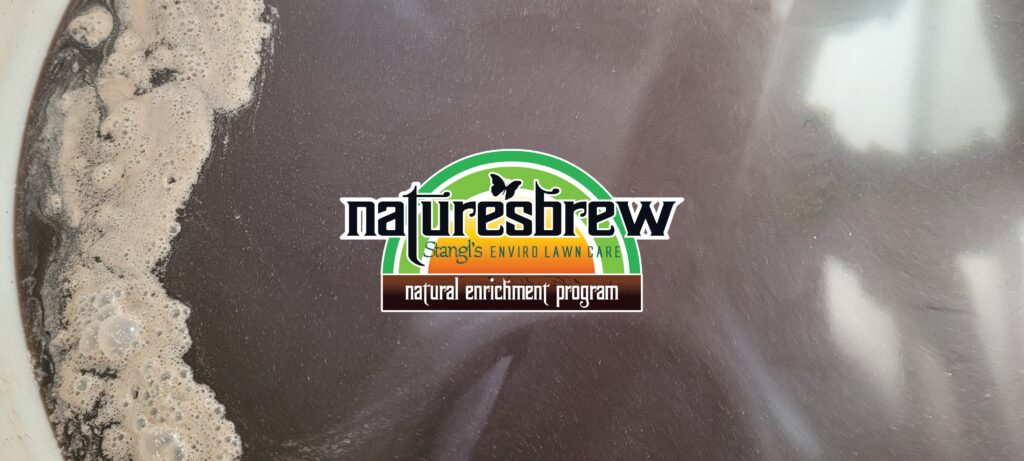- Diverse Microbial Community:
- Microbial Richness: The DNA data revealed the presence of 636 different species.
- Phylum Distribution: In 2023, the phylum distribution showed:
- Ascomycota: 90%
- Mortierellomycota: 5%
- Basidiomycota: < 1%
- Mucoromycota: < 1%
- Strengths: With the shift in biomass ratios, microbial richness and diversity will significantly improve. The dominance of Ascomycota and the presence of other fungal phyla (Mortierellomycota and Basidiomycota) contribute to enhanced carbon fixation (73%), promoting overall soil health.
- Biocontrol Agents:
- Biocontrol Strength: The DNA data shows a high presence of fungicide agents (76%), acting as natural defenses.
- Bacterial Phylum Distribution: Bacterial phylum distribution in 2023:
- Proteobacteria: 35%
- Actinobacteriota: 30%
- Bacteroidota: 11%
- Firmicutes: 8%
- Myxococcota: 3%
- The shift to newer biomass ratios further empowers biocontrol agents, enhancing their effectiveness in combating soil-borne pathogens and promoting a healthier soil environment.
- Phytohormone Generation:
- Major Players: Talaromyces marneffei (27.86%) and Aspergillus fumigatus (25.84%).
- Auxin Production (IAA): In 2023, the DNA data revealed a significant auxin production of 41%, contributing to plant growth regulation.
- A transition to the newer biomass ratios ensures a sustained production of plant growth-regulating phytohormones, optimizing plant health and development.
- Foliar Application for Targeted Protection:
- Nutrient Supply: The 2023 DNA data highlighted a strong carbon fixation capacity (73%) and inorganic P solubilization (19%).
- Stress Resistance: Exopolysaccharide production (75%) and ACC deaminase (31%) were significant.
- Shifting towards newer biomass ratios reinforces nutrient supply and stress resistance. This equips plants with essential resources and fortifies them against adverse environmental conditions.
- Nutrient Supply and Stress Resistance:
- Iron Availability: DNA data indicated iron assimilation (41%) and siderophore production (19%).
- Growth Regulation: Abscisic acid (ABA) production (19%) for salinity protection and root growth promotion.
- The transition promotes a balanced nutrient supply and enhanced growth regulation mechanisms, promoting plant health and productivity.

The use of Stangl’s Compost Extract, guided by the 2023 DNA data, holds the promise of shifting the soil microbial community towards these desired outcomes. This approach fosters a thriving, diverse, and well-balanced soil ecosystem, resulting in healthier crops, improved soil structure, and sustainable agricultural practices.
In conclusion, our journey into the mysteries of living soil unveils a world of potential. Let’s step away from the past, open our minds to current science, and embark on a regenerative revolution. Join us in nurturing the biome bank, where nature’s wealth lies beneath our feet, ready to sustain generations to come.
Note:
Older Biomass Ratios (from the article table 2):
- Bacteria to Fungi Ratio (Lower Bounds): 1B : 0.6F (rounded)
- Bacteria to Fungi Ratio (Upper Bounds): 1B : 0.06F (rounded)
Newer Biomass Ratios (1:1 to 1:3):
- Ideal Bacteria to Fungi Ratio: 1:1 to 1:3